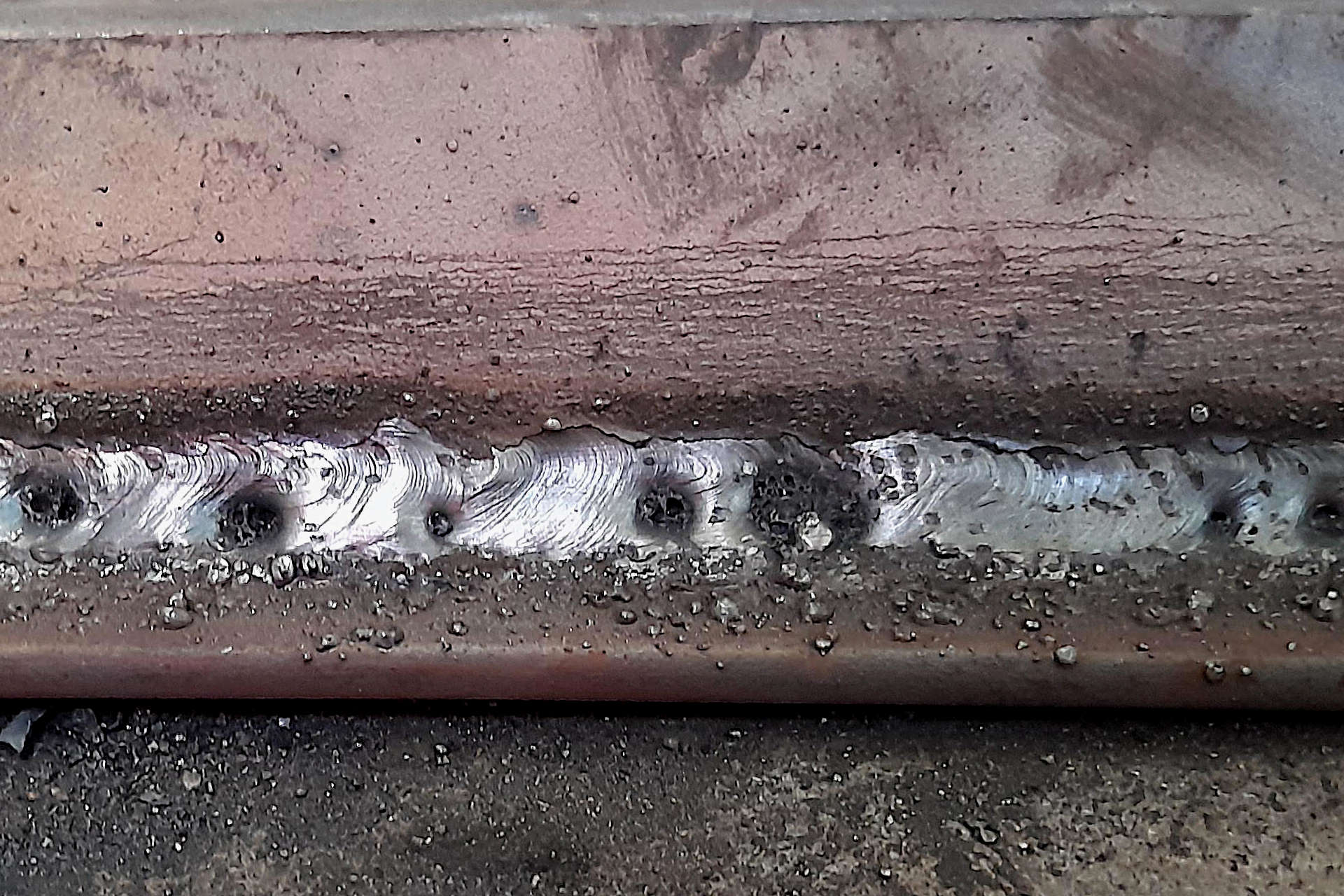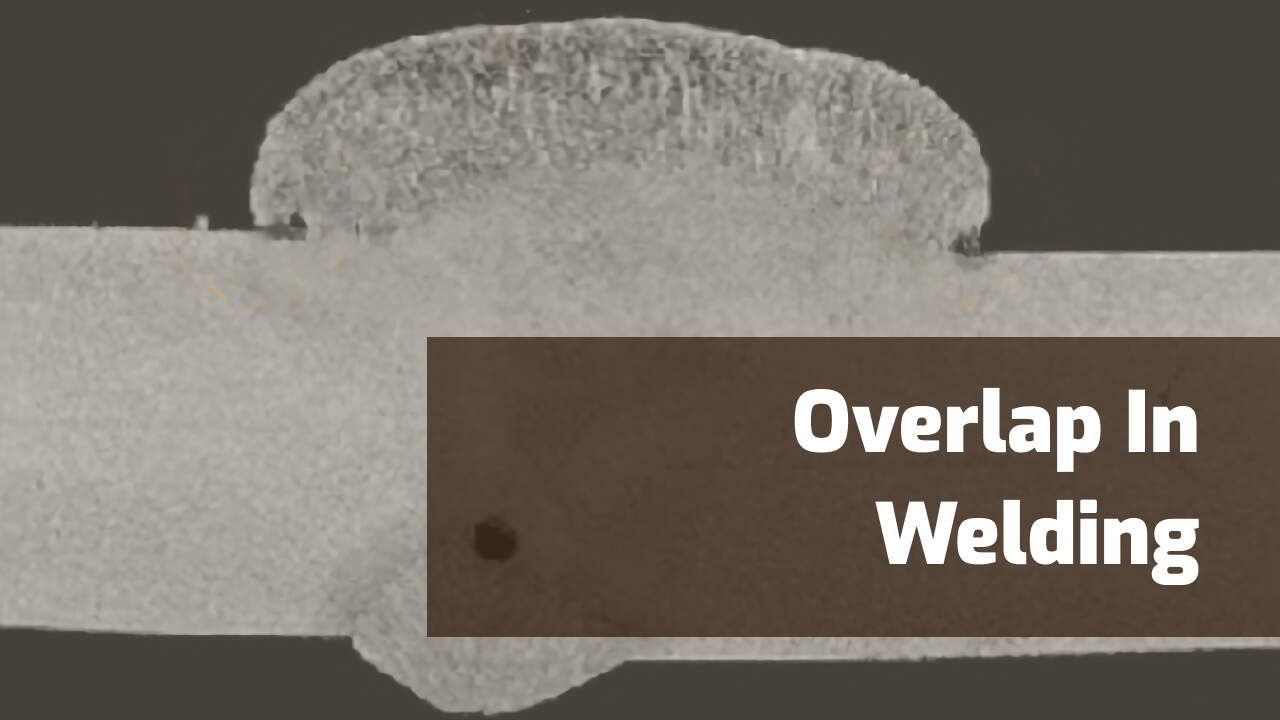Efficient Ways to Prevent Weld Undercut in Your Welding Jobs
Mastering the Art of Welding: Exactly How to Prevent Undercut Welding Issues for Flawless Construction Results
Efficiency and precision are critical in the world of welding, where also the least imperfection can endanger the architectural stability of a made piece. One typical challenge that welders face is damaging, an issue that can lead and weaken a weld joint to expensive rework. By recognizing the source of undercut welding and implementing reliable strategies to avoid it, welders can boost their craft to new levels of excellence (Preventing weld undercut). In the pursuit of remarkable fabrication outcomes, understanding the art of welding to prevent undercut concerns is not simply a skill but a need for those aiming for perfection in their job.
Understanding Undercut Welding

To avoid undercut welding, welders must make sure correct welding parameters, such as adjusting the current, voltage, travel speed, and maintaining the appropriate electrode angle. By recognizing the reasons of undercut welding and applying preventative actions, welders can attain premium, structurally audio welds.
Root Causes Of Undercut in Welding
Recognizing the elements that add to damage in welding is important for welders to produce top notch, structurally audio welds. Inadequate welding existing or incorrect welding rate can also contribute to damage. Recognizing these causes and implementing appropriate welding strategies can aid avoid undercutting issues, ensuring sturdy and solid welds.
Techniques to Prevent Undercutting

To alleviate the danger of undercutting in welding, welders can employ strategic welding techniques intended at boosting the high quality and stability of the weld joints. Additionally, making use of the right welding strategy for the particular joint setup, such as weave or stringer grains, can contribute to decreasing undercutting.
Additionally, proper joint preparation, including ensuring tidy base products devoid of contaminants and utilizing the proper welding consumables, is important in protecting against undercut flaws. Using back-step welding strategies and regulating the weld grain profile can additionally assist distribute warmth uniformly and minimize the danger of undercut. Routine evaluation of the weld joint throughout and after welding, in addition to executing top quality guarantee procedures, can assist in dealing with and detecting undercutting issues quickly. By applying these methods diligently, welders can accomplish remarkable construction results with minimal undercut issues.
Value of Correct Welding Parameters
Choosing and maintaining proper welding criteria is important for accomplishing effective welds with marginal issues. Welding criteria describe variables such as voltage, current, travel speed, electrode angle, and protecting gas circulation rate that directly affect the welding process. These specifications have to be carefully readjusted based on the sort of material being welded, its thickness, and the welding method used.
Correct welding criteria make certain the right amount of heat is put on melt the base metals and filler material evenly. If the parameters are established expensive, it can cause too much warmth input, creating burn-through, distortion, or spatter. On the various other hand, if the specifications are too reduced, insufficient combination, lack of penetration, or undercutting might occur.
Quality Assurance in Welding Procedures

Conclusion
To conclude, understanding the art of welding calls for an extensive understanding of undercut welding, its causes, and strategies to stop it. By making sure appropriate welding parameters and implementing quality control methods, remarkable manufacture results can be achieved. It is crucial for welders to constantly strive for quality in their welding procedures to avoid undercut concerns and create high-quality welds.
Undercut welding, an usual problem in welding processes, happens when the weld metal doesn't properly fill up the groove and leaves a groove or clinical depression along the bonded joint.To stop undercut welding, welders ought to make certain appropriate welding criteria, such as readjusting the present, voltage, travel speed, and keeping the correct electrode angle. Inadequate welding current or wrong welding speed can also contribute to undercut.To right here mitigate the risk of undercutting in welding, welders can utilize critical welding techniques intended at enhancing the high quality and integrity of the weld joints.In verdict, grasping the art of welding needs a thorough understanding of undercut welding, its causes, and methods to avoid it.